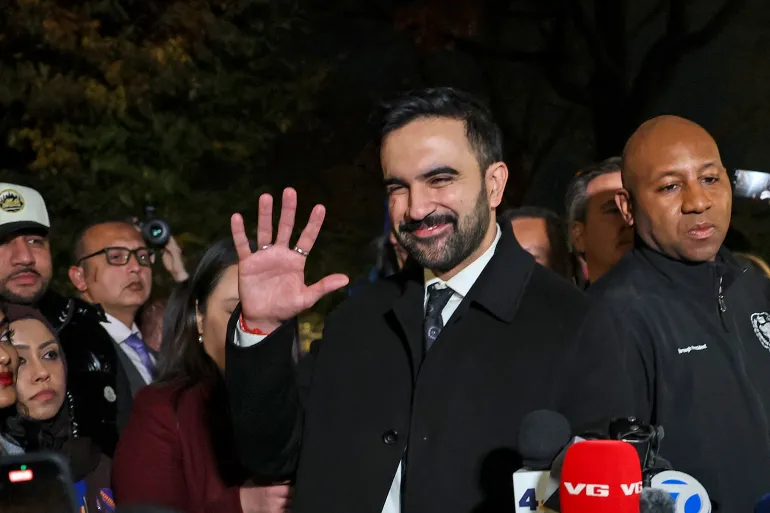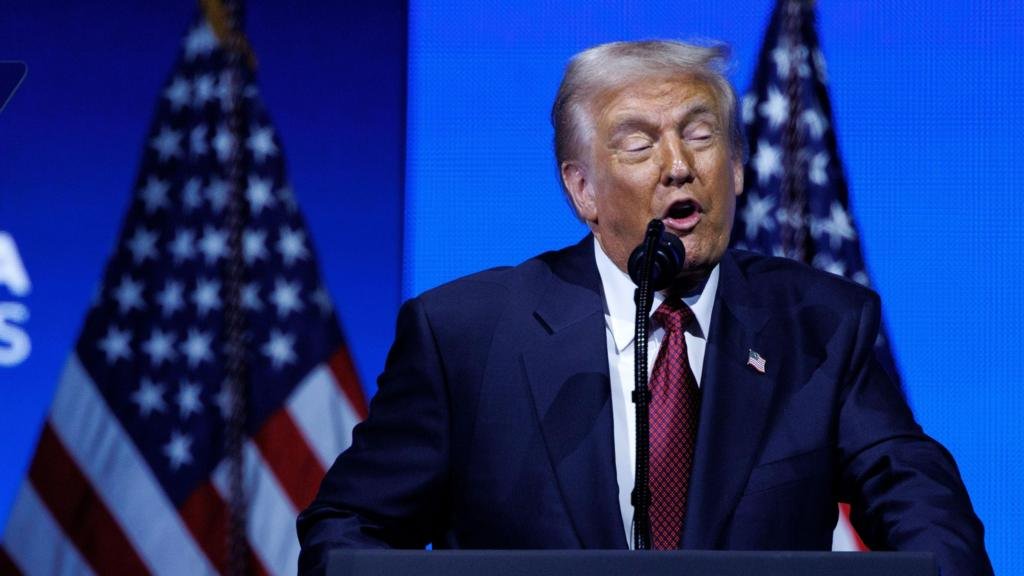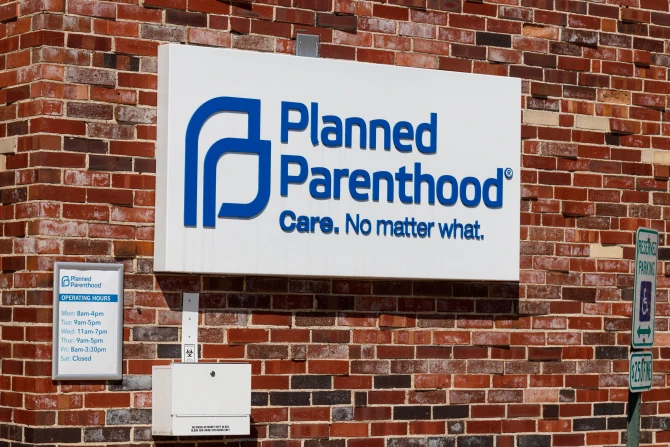The White House has frozen $18 billion in federal funding for New York City infrastructure projects, just hours after the start of the federal government shutdown. The decision directly impacts two of the city’s most ambitious and long-awaited developments: the Hudson Tunnel, part of the Gateway Program, and the Second Avenue Subway extension.
This action immediately drew attention because it affects the home state of two of the most influential Democratic leaders in Congress — Senate Majority Leader Chuck Schumer and House Minority Leader Hakeem Jeffries. Officials say the funding is being reviewed to ensure it complies with constitutional guidelines, particularly regarding diversity, equity, and inclusion (DEI) policies.
However, critics argue the freeze is a political move that uses essential infrastructure as leverage in the ongoing budget and shutdown battles in Washington.
Why This Freeze Matters
1. Economic and Employment Impact
The suspension of $18 billion in funding doesn’t just delay construction—it threatens thousands of jobs. The projects are major economic drivers, employing workers across multiple industries, including construction, engineering, and logistics. Delays in this kind of investment can ripple through the entire regional economy, affecting small businesses and slowing growth in related sectors.
2. Transportation Consequences
The Hudson Tunnel is a critical transportation link connecting New York and New Jersey, serving both Amtrak and commuter rail traffic. Its completion is vital for ensuring the reliability of the busiest passenger rail corridor in the United States.
Meanwhile, the Second Avenue Subway extension into East Harlem represents long-promised progress toward reducing overcrowding and expanding access in underserved neighborhoods. Freezing these projects means longer commutes, more congestion, and lost opportunities for modernization.
3. Political and Legal Tensions
Officials from the administration claim the review is necessary to verify that funds are not supporting unconstitutional DEI initiatives. But the timing—right at the onset of the shutdown—raises suspicions that the move is politically motivated.
Democratic leaders have criticized the freeze as a “reckless act” that punishes working families and slows progress in one of the nation’s largest and most vital transit systems. New York officials argue that the action targets Democratic-led states and urban projects that historically promote inclusion and community investment.
4. A New Kind of Leverage
Freezing major infrastructure funds gives the White House a new bargaining chip during the shutdown standoff. By targeting high-profile projects in Democratic strongholds, the administration increases political pressure while shaping the national conversation about spending priorities.
From a strategic standpoint, the decision underscores how public works can be used not just for development, but for political influence.
Responses from New York Leaders
Senator Schumer and Representative Jeffries have both condemned the move, calling it a direct attack on New York’s economy and workers. Governor Kathy Hochul vowed to fight the freeze, calling it “an unacceptable political stunt that puts essential infrastructure and livelihoods at risk.”
Transportation officials warn that even temporary delays could lead to significant cost overruns, as large-scale construction projects often rely on precise funding schedules and contractor timelines.
The Gateway Development Commission, which oversees the Hudson Tunnel, reaffirmed its commitment to keeping the project moving forward but acknowledged that the freeze could disrupt ongoing preparations.
What Comes Next
Legal challenges are expected as state and city officials push back against the funding suspension. Negotiations in Congress during the shutdown will likely determine whether the freeze is lifted or extended.
In the meantime, New York’s infrastructure future remains uncertain, with billions of dollars in limbo and tens of thousands of jobs potentially affected.
If this type of funding pause becomes a common political tactic, it could fundamentally change how states rely on federal partnerships for major infrastructure projects.
Final Thoughts
Infrastructure should represent progress, not politics. When funding for essential projects becomes a tool for negotiation, the real losers are the commuters, workers, and communities who depend on those systems every day.
By freezing $18 billion in critical infrastructure funding, the federal government hasn’t just halted construction—it has stalled momentum, innovation, and trust in the ability to build for the future.




